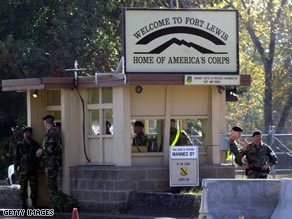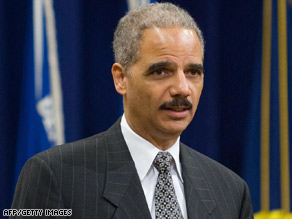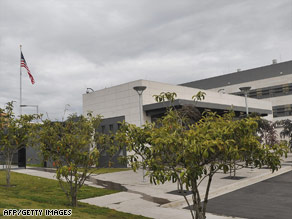
Seven hours of surgery and four teams of surgeons were needed to stabilize a Connecticut woman attacked by a pet chimpanzee, doctors at Stamford Hospital said Wednesday.
Dr. Kevin Miller said Charla Nash, 55, remains in critical but stable condition after her friend’s pet chimp, once featured in TV commercials for Coca-Cola and Old Navy, attacked her Monday. Nash, 55, had just arrived at the home of her friend, Sandra Herold, 70, when the chimp, named Travis, jumped on her and began biting and mauling her, said Stamford Police Capt. Rich Conklin. Conklin said the attack was unprovoked, and he described it as “brutal and lengthy.” Miller said Nash’s vital signs are improving but that she received extensive injuries to her face and hands. Miller said she is making good, but small, progress after being treated by hand specialists and plastic surgeons, as well as specialists in ophthalmology, orthopedics and trauma. Nash’s twin brother, Mike Nash, also spoke at the news conference and he thanked the community for their outpouring of support. “It should be known,” he said, “that people who were complete strangers to us prior to this have selflessly offered their assistance to our family.” Watch expert talk about keeping wild animals as pets » Herold had called Nash to her house to help get 14-year-old Travis back inside after he used a key to escape.
Don’t Miss
Chimp attack 911 call: ‘He’s ripping her apart’
Woman’s life in danger after chimp attack
While her friend was being attacked, Herold unsuccessfully tried to pull the primate off her. She then called 911 before stabbing the chimp with a butcher knife and hitting him with a shovel. Herold said her actions didn’t stop Travis’ rampage, though she said he gave her a look that said, “Why did you do it, mom” Stamford police released the emotional 911 recordings from Monday’s attack where Herold can be heard screaming, “The chimp killed my friend” and “He’s ripping her apart.” Herold pleads with the dispatcher for police to “please hurry” to save her friend from the beating. At one point, she even yells for the police to shoot the chimp to stop the attack. A Stamford police officer later shot the chimp multiple times in close proximity after the primate went after him while he was inside a police cruiser, Conklin said. Travis returned to the house, where police later found him dead. Conklin estimated that Travis weighed nearly 200 pounds. Conklin couldn’t confirm media reports that the chimp had Lyme disease, though he did say investigators were taking their time with the case to determine what may have provoked Travis to attack Nash. The police captain pointed out that Nash had recently gotten a haircut that had changed her appearance “significantly.” Conklin said the chimp had been acting “rambunctious,” prompting Herold to put Xanax in a cup of tea for him to drink. However, Herold told New York station WABC that the Xanax didn’t dissolve in the tea, and she doesn’t believe Travis had any of the drug in his system. Conklin said his department is not used to dealing with cases such as these, and they were taking their time to familiarize themselves with laws and regulations before deciding whether charges will be filed. Travis’ body has been removed from the home and taken to two separate locations: The head was taken to the state lab for a rabies test and the body was taken to the University of Connecticut for an animal autopsy. Conklin said this is standard procedure.
The police captain said this isn’t the first interaction his officers have had with Travis. The chimp, which was well-known and liked in the community, escaped in 2003 and “wreaked havoc” on the streets of Stamford for a couple of hours. Herold tearfully told reporters at her home that she slept with the chimp and that he was like a son to her.








